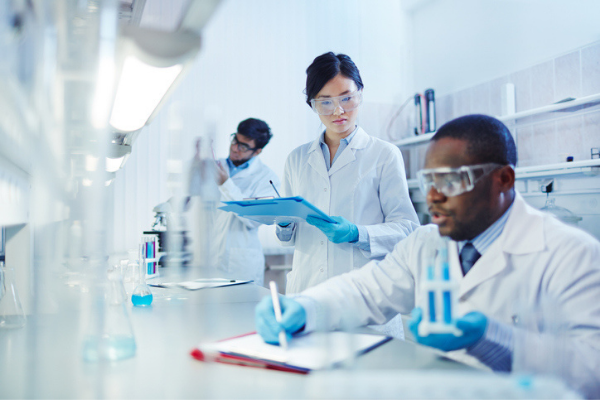
Most organizations have a policy that states something like “All accidents, however minor, must be reported to your immediate supervisor.” Note that the title of this article uses two different words to describe the topic. Most safety professionals do not like to use the term “accident.” Accident implies that something just happened for no apparent reason. Stuff happens. But most incidents that occur in a laboratory environment have a specific cause, usually an unsafe act or an unsafe condition. For purposes of this discussion and organizational policies, an incident is considered to be any event that causes an injury and/or any event which results in appreciable damage to property or equipment.
Your organization should want to know about the incident for several reasons. If someone was injured, that person may need medical treatment. If there is an unsafe condition, that condition must be fixed. Other colleagues might be able to avoid committing the same unsafe act if they learn the details of the incident. “Reporting” an incident suggests that informing the appropriate individuals, either orally or in writing, about the incident is sufficient. Responding to an incident includes not only the original report but also the investigation, any repairs, lessons learned, and recommendations of the organization.
With respect to medical examination and treatment, a medical professional should determine the extent of any injury and what treatment is appropriate. This is not the time to “walk it off.” The employer wants to ensure that the injured person makes a full and complete recovery. It is in the employee’s best interest to report the incident as soon as possible and before going home for the day. If someone falls down on a Friday afternoon and subsequently develops a backache over the weekend, the initial report to the supervisor could resolve any question that the injury might have occurred over the weekend.
The incident report and investigation document the details of the event. The primary goal of the investigation is to improve safety, not to blame someone. Was the activity new to the person? Did special circumstances result in a change in the activity? Were there any unsafe conditions in the immediate area? Could a change in equipment setup or procedure prevent future injuries of this type? In one research lab, a man’s shoe became caught in the space between a step surface and the protruding edge of the next higher step. Discussions with colleagues revealed that others knew about the step as well as what size of men’s steel-toed shoe would get caught. If we all know about a hazard, we can work to communicate and thus minimize the risk.
The lessons learned and the resulting recommendations are the most important parts of the response for lab colleagues. Does the involved person understand how to carry out the task safely? Would it benefit the entire research organization to read about (or hear) the lessons learned and the recommendations for improvement? Responding involves all of us.
The opinions expressed in this article are the author's own and do not necessarily reflect the view of their employer or the American Chemical Society.
Copyright 2020 American Chemical Society (All Rights Reserved)








